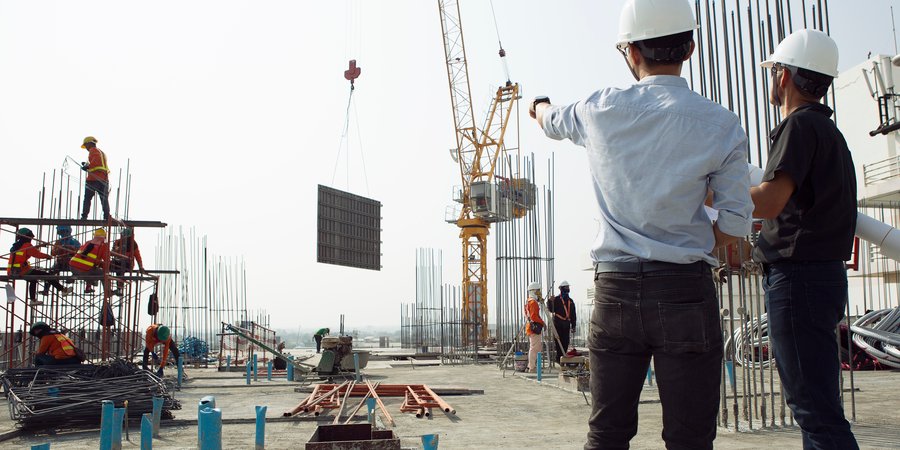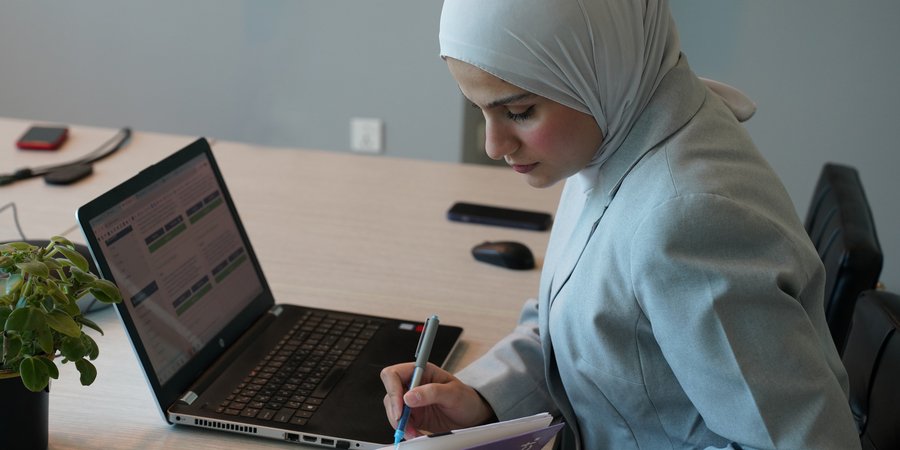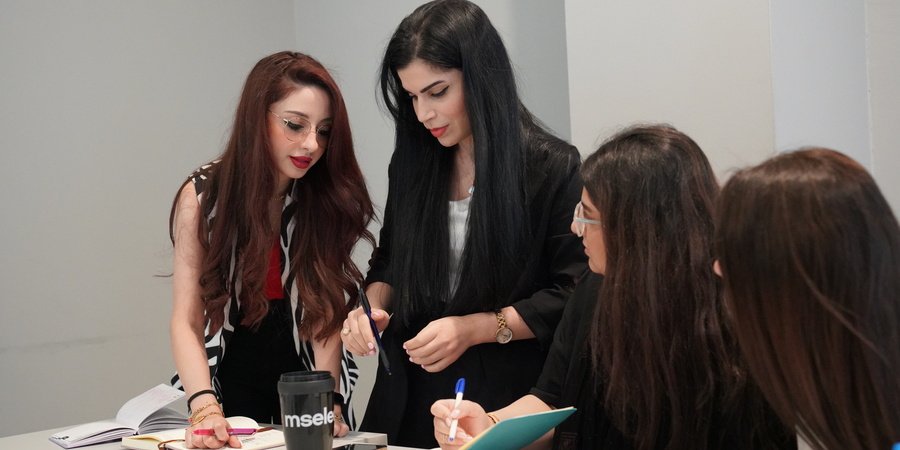Why is a sustainability plan essential to Genie Workforce?
“Sustainability in business refers to a company’s effect on the environment and society. In our business in the people industry – making our company an organisation that does good in the world – rather than just a place that provides jobs – is a massive competitive advantage when attracting the best talent, both internally and for our clients. More than that, it’s also something that speaks to our core values that centre around the idea that happy people build a better future.”
– Hal Miran, Chief Executive Officer, Genie Workforce
Nowadays, Businesses need to focus on more than just profits and measure their environmental and social impact: “the three Ps”, people, planet, and profit. Studies have proven that this sustainable approach to business ultimately boosts business performance, and we can see that the most sustainable companies have the most profitable models.
Our clients include the world’s largest corporations – part of their sustainability mandate is to check the environmental, social, and governance (ESG) metrics to determine their subcontractors’ ethics and sustainability. Hence, taking sustainability for granted will negatively impact our business in the long run.
The benefits to our business are apparent; it reduces business costs, improves business reputation, provides a competitive advantage, and increases the bottom line.
For us, it’s also about considering others in our plan – after all, what’s the point of trying to look good if we aren’t doing the right things by people (our communities, staff and clients)? Philanthropy in developing work skills for the unemployed and bringing refugees to a work-ready status is one of our proudest achievements.
Starting in a country that has known conflict and seeing how that has impacted our community, we decided early on to give back. And we will continue to do that.
Our next steps in growing our sustainability plan
Much of our sustainability work has been undocumented, and we want to change that. We want to set a sustainability plan that cements our beliefs and values into our people, planet and profit approach.
Here are our next steps.
Step 1: Write a green mission statement
A green mission statement formally summarises our company’s sustainability aims and values. This statement will become the foundation of our efforts.
Step 2: Create a sustainability team
As part of employee engagement, we will create a sustainability team meeting regularly to assess progress, discuss challenges and identify new opportunities. This team will have a diverse skill set of individuals passionate about sustainability.
Step 3: Create a sustainability plan
Our first plan will target low-hanging fruit – initiatives that are easy to implement in terms of effort and cost. Examples could be switching to LED lights, installing more recycling bins and contacting community initiatives to seek involvement.
Step 4: Decide on our sustainability initiatives
We will concentrate on three to five strategic priorities per plan to maximise impact.
People
● Community: How else can we use our recruitment skills to help our community thrive?
● Clients: Do we agree to work with clients who reflect our sustainable values?
● Employees: Are we developing in-house talent? Are we delivering an open and inclusive environment that contributes to employee well-being? How can we provide a better work/life balance – flexible hours, remote options, wellness provision?
Planet
● Energy: How much energy is used? Can we use less or adopt clean alternative energy sources?
● Water: How much water are we using and do we waste any? Can we use technology to help solve waste? Can we provide reusable drinking bottles to staff?
● Food: How and where does our food come from? Is it sustainably sourced and healthy for our staff and visitors? How much food do we waste? How can we cut food waste and recycle more?
● Waste: What waste does our business produce and how can we reduce it? Are we producing waste that is harmful? What changes can we make?
● Buildings: Can we make our buildings more green? Are we maximising natural light or natural airflow whenever possible? What does our carbon footprint look like?
● Supply Chain: Are we using suppliers who are environmentally and socially responsible? Are we sourcing products locally? How can we improve our supply chain and lower waste and carbon emissions?
● Transportation: What vehicles do we use for distribution and operations? Can we reduce employee business travel?
● Community: Do we support our local communities, businesses and producers? Do we get involved in environmental causes or events?
● Employees: Do we offer employee training in sustainability? Are we creating a green culture? What’s our level of employee engagement? Do we communicate policies company-wide?
● Clients: How do we show clients our green activities? Are our transactions as paperless as they can be?
Profit
● Are we delivering cost-effective initiatives? If not, how can we work smarter to achieve this?
Step 5: Communicate Goals and Plans to Stakeholders
We need to communicate our goals, across a long-term period, for the sustainability program and its initiatives.
Step 6: Embrace Accountability
A member of the green team will be appointed as the owner of each sustainability initiative. This will be someone who can track the costs and benefits of actions against our goals.
Step 7: Celebrate Success
As we implement each sustainability initiative, we must celebrate our successes and the gained momentum with our employees, community and clients.
Step 8: Get Certified
Certification will validate the efforts of our sustainability plan and help us reap the business value these programs create.
We plan to update you on the Genie Workforce blog with our progress towards a more sustainable future.




